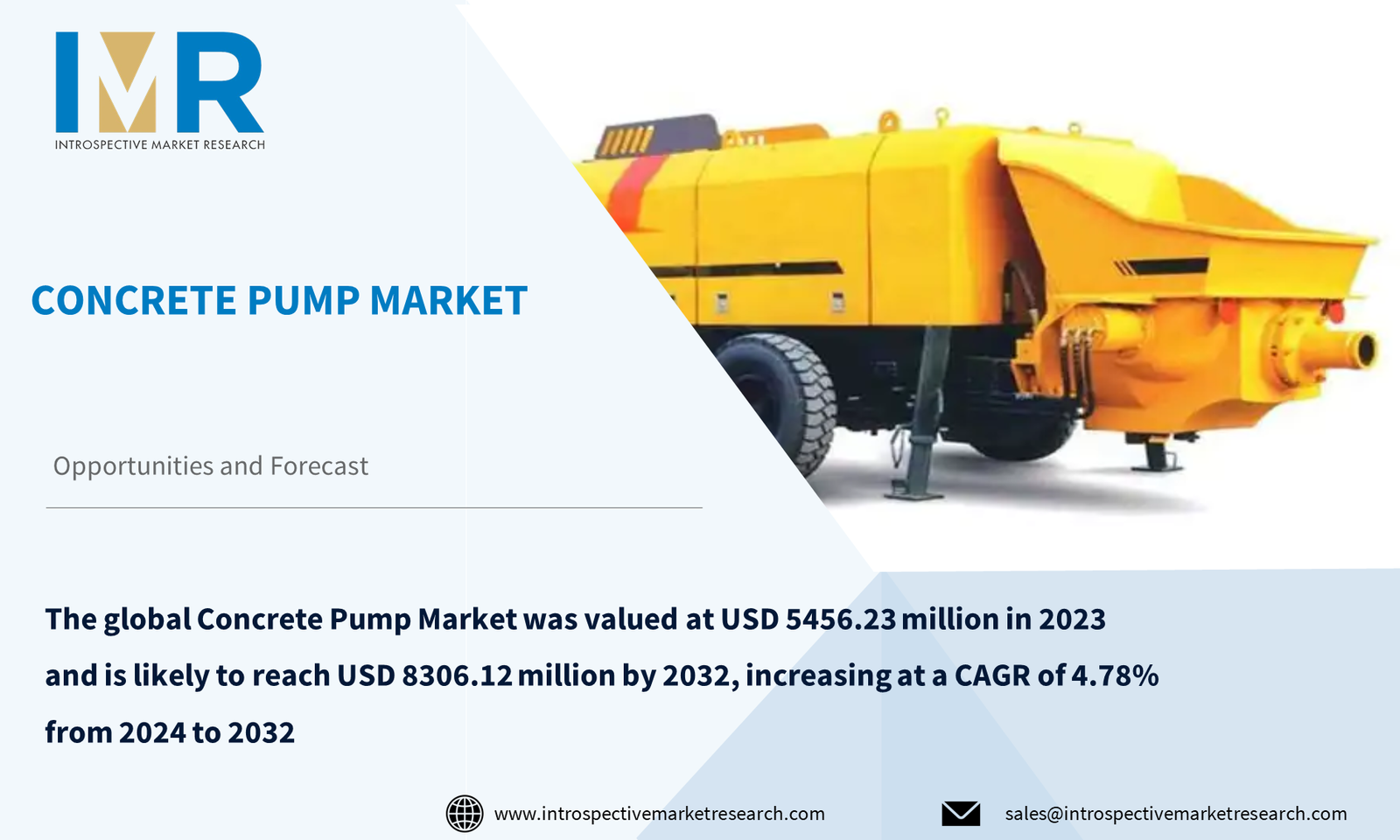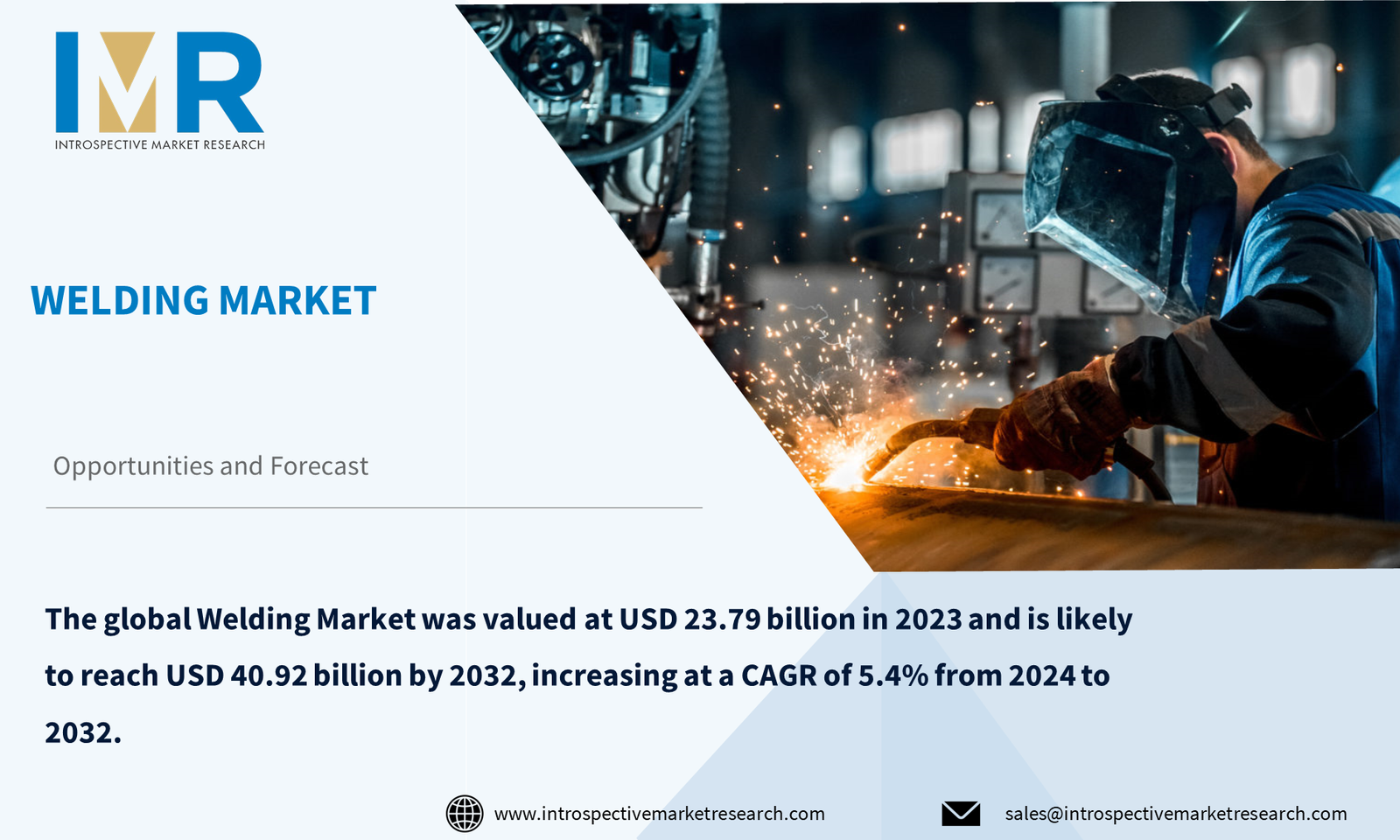
According to a new report published by Introspective Market Research, titled, “Hematite Sorter Market by Type, Application, and End-Users: Global Opportunity Analysis and Industry Forecast, 2024–2032,” the global Hematite Sorter market size was valued at $ 391.5 Million in 2023, and is projected to reach $ 697.66 Million by 2032, registering a CAGR of 6.63% from 2024 to 2032. A device or piece of equipment specifically made to separate and sort the mineral hematite, an iron ore, is called a hematite sorter. Usually, sophisticated technical mechanisms are used in the sorting process to distinguish and separate hematite particles according to particular standards like size, density, or magnetic characteristics. The mining and mineral processing industries frequently use this sorting technique to increase the effectiveness of ore extraction and guarantee that the right quality of hematite is recovered for additional processing. The utilization of hematite sorters contributes significantly to the optimization of mineral resource utilization and enhances the overall productivity of mining operations.
These sorters play a crucial role in sorting and selecting hematite particles based on specific attributes, aligning with the objectives of mining operations to achieve higher productivity and higher quality. In the current market scenario, there is a growing demand for cutting-edge technological solutions that improve the extraction process and enhance the overall efficiency of hematite mining operations.
The current industrial and economic trends, combined with the anticipated growth in the construction and sustainable energy sectors, suggested continued and potentially increased demand for iron ore. This sustained demand, driven by various factors, highlighted the importance of efficient ore processing solutions, such as hematite sorters, in ensuring a consistent and optimized supply chain to meet the growing needs of the iron ore market. Ongoing urbanization, especially in developing nations, is anticipated to fuel long-term demand as construction and infrastructure projects persist.
Hematite, a prevalent iron ore mineral, poses a significant challenge to the current iron ore extraction process due to the inadvertent loss of rare earth metals. Rare earth metals, essential for various high-tech applications, are seldom found alongside hematite deposits. Consequently, these valuable rare earth elements may be inadvertently wasted during conventional iron ore extraction methods. The market for hematite sorters is expected to expand in the future, driven by technological advancements aimed at addressing this issue. Advanced sensors and sorting capabilities integrated into hematite sorters can play a crucial role in accurately identifying and recovering rare earth elements during the iron ore extraction process.
Global Hematite Sorter Market, Segmentation
The Hematite Sorter market is segmented based on Type, Application, End-Users, and region.
Type:
The type segment is further classified into Dry Type Sorters and Wet Type Sorters. Among these, the Dry Type Sorters sub-segment accounted for the highest market share in 2023. Dry-type sorters currently dominate the market for hematite sorters, primarily because of their affordability and lower environmental impact compared to wet-type sorters. Dry sorting technology proves to be an efficient and cost-effective option for processing hematite ore as it utilizes air-based mechanisms to separate particles based on their properties. These sorters can operate effectively in dry conditions, reducing the need for water usage and addressing environmental concerns associated with water-intensive wet sorting techniques.
Application:
The application segment is further classified into Mining, Chemical, Forestry & Environment. Among these, the Mining sub-segment is anticipated to show the fastest growth by 2032. Mining applications predominantly drive the hematite sorter market, primarily fueled by the increasing demand for high-quality iron ore across various industries, especially in the construction and manufacturing sectors. With the advancement of global infrastructure projects and industrialization, the need for efficient ore processing solutions like hematite sorters continues to escalate, ensuring a consistent supply of high-quality iron ore.
Region:
The Hematite Sorter market in Asia-Pacific is projected to show the fastest growth by 2032. The Asia-Pacific region holds a dominant position in the hematite sorter market, driven by the surging demand for steel in the construction industry. Rapid urbanization and infrastructure development in countries like China and India are major factors fueling this demand. As these nations invest in large-scale construction projects, the importance of efficient iron ore processing solutions, including hematite sorters, becomes increasingly critical in meeting the rising demand for high-quality steel.
Some of the leading Hematite Sorter market players are
- Eriez (US)
- Tomra Sorting Solutions (Norway)
- S+S Separation and Sorting Technology (Germany)
- KHD (Germany)
- Thyssenkrupp Industrial Solutions (Germany)
- GEA Group (Germany)
- Sesotec GmbH (Germany)
- IFE Industrie-Elettromagnetica (Austria)
- XRTec X-ray Technology (Finland)
- Van der Graaf (Netherlands), and Other Active Players.
Key Industry Developments
- In April 2024, OMRA Textiles and Circle-8 Textile Ecosystems entered into a collaboration agreement to explore solutions for establishing a circular textile ecosystem in the United Kingdom (UK). Announced on April 10, 2024, the agreement aimed to advance the development of the UK's first automated textile sorting and pre-processing facility for non-reusable textiles. The companies conducted a feasibility study for this facility, focusing on scalable solutions and process designs.
- In December 2023, Humboldt Wedag India Private Limited (HW India), a subsidiary of KHD Humboldt Wedag International AG (KHD), based in New Delhi, India, signed a package of major contracts with UltraTech Cement Limited. The contract package included a new pyro line, seven new clinker grinding units, an upgrade of a clinker grinding unit, and three slag grinding units, totaling 11 KHD roller presses. The order, which encompassed engineering, equipment supply, and supervision services related to erection and commissioning, had an order volume exceeding €50 million.
Key Findings of the Study / Key Industry Developments.
- Hematite sorters are devices designed to separate and sort hematite, an iron ore mineral, using sophisticated technical mechanisms based on attributes like size, density, or magnetic characteristics.
- The market is primarily driven by the mining sector's demand for high-quality iron ore, particularly in the construction and manufacturing industries.
- Dry-type sorters dominate the market due to their affordability, lower environmental impact, and efficiency in processing hematite ore.






